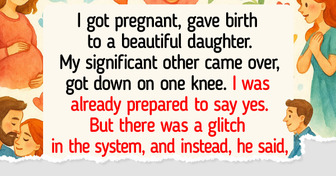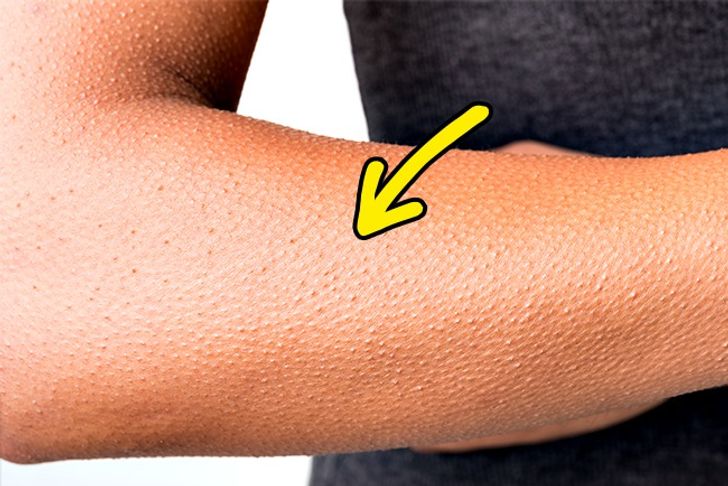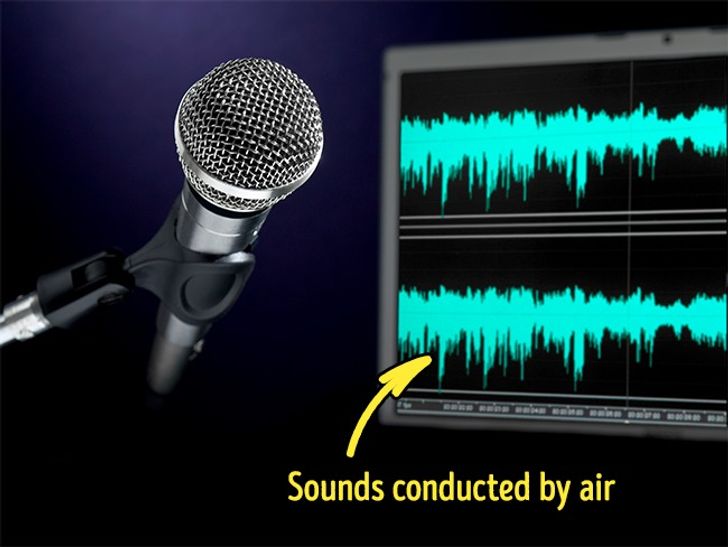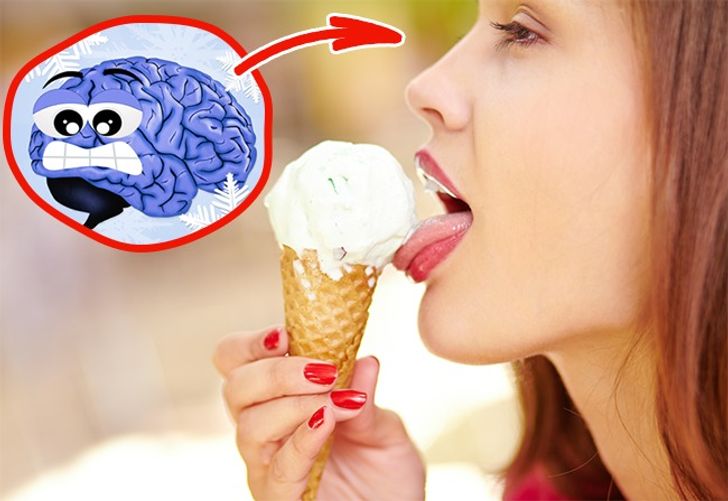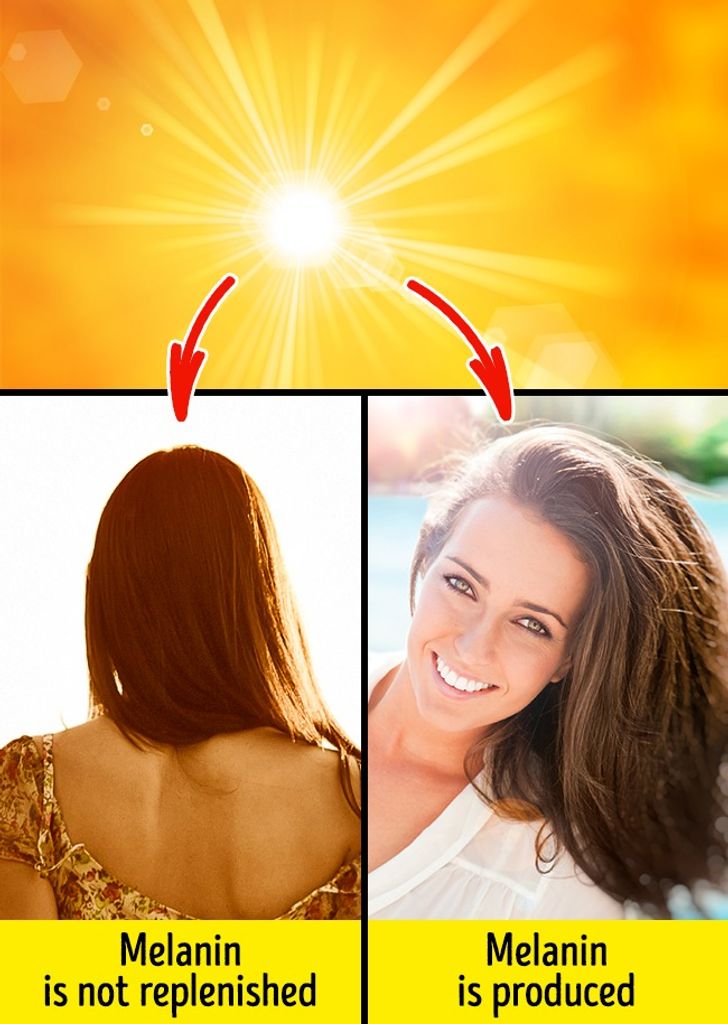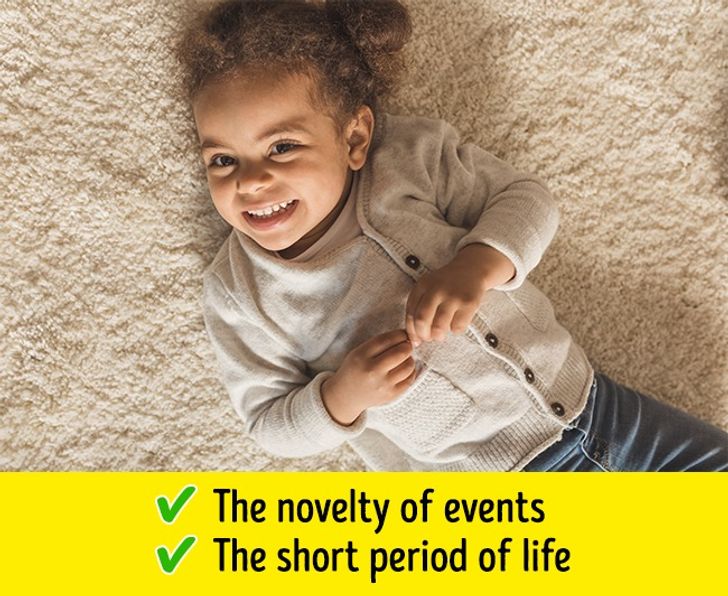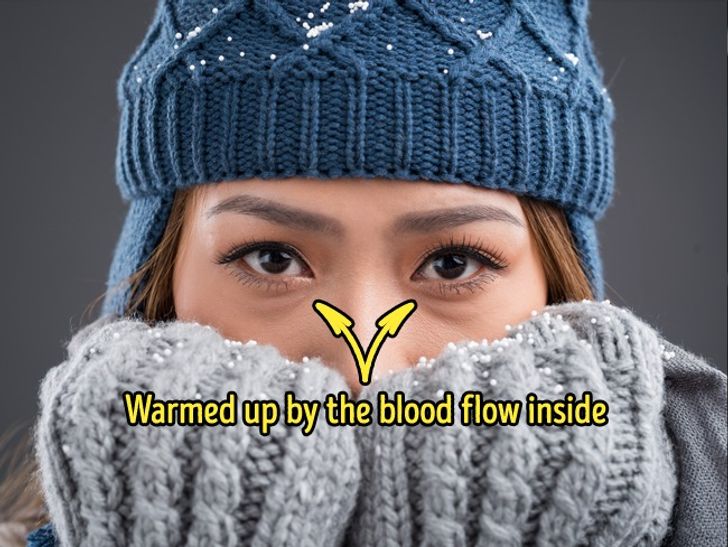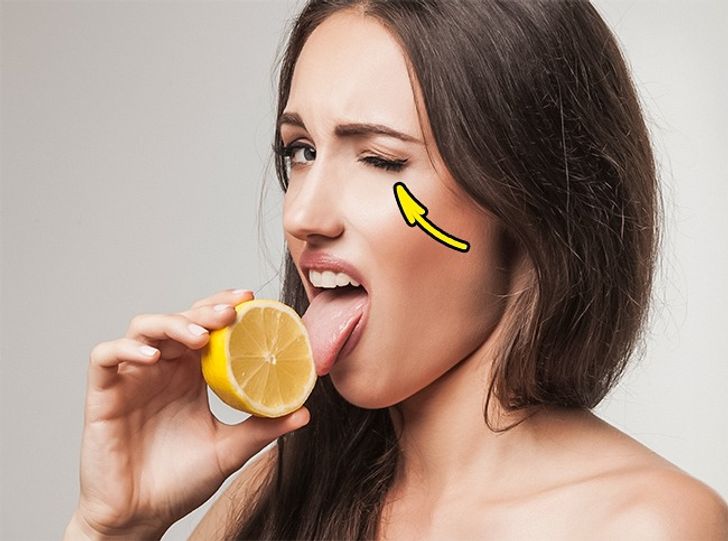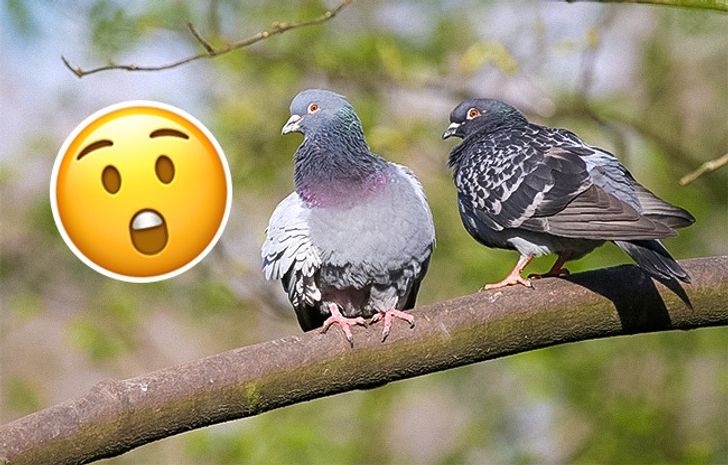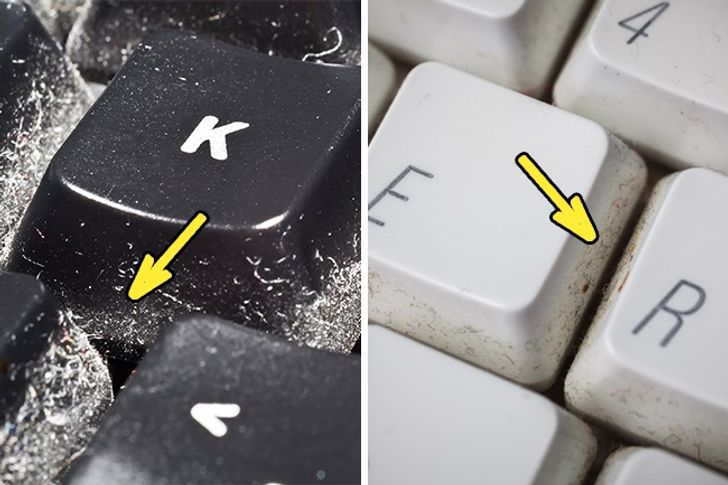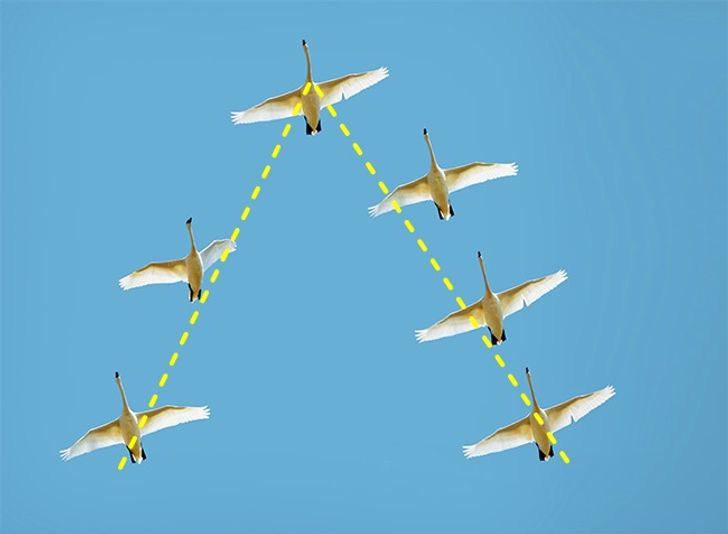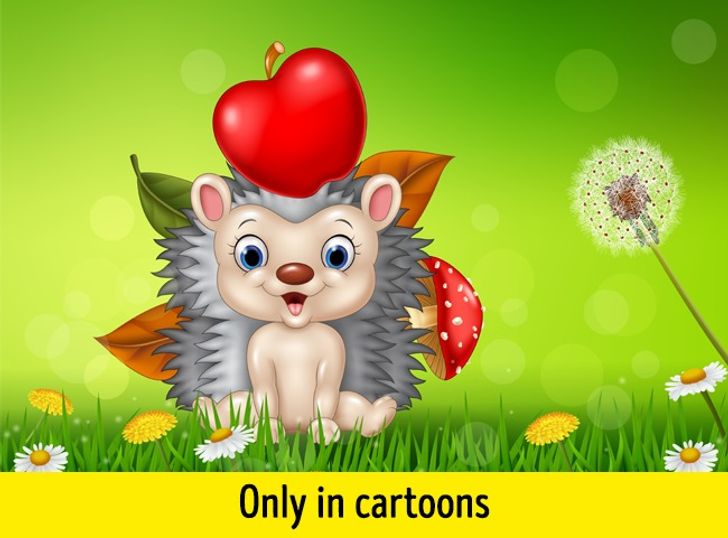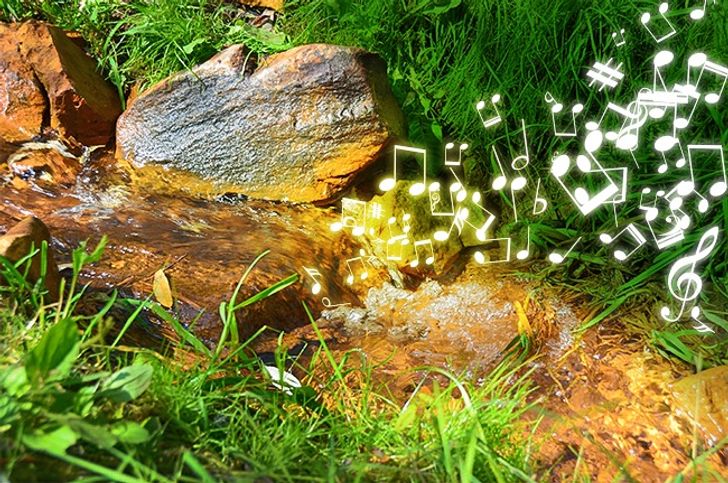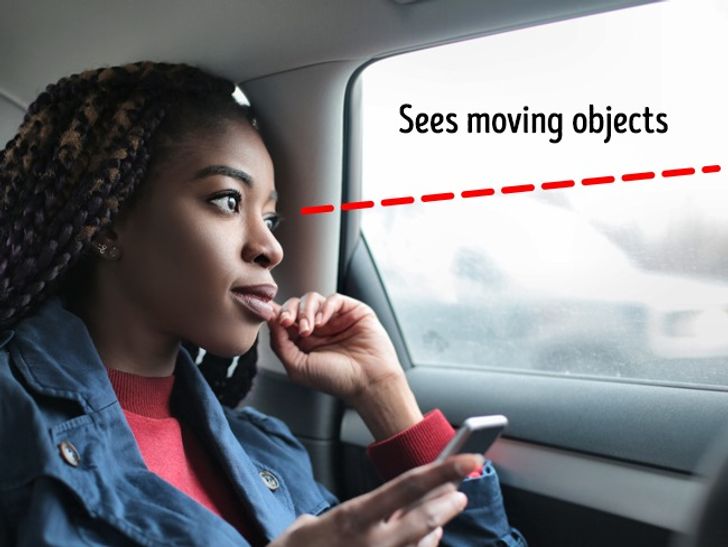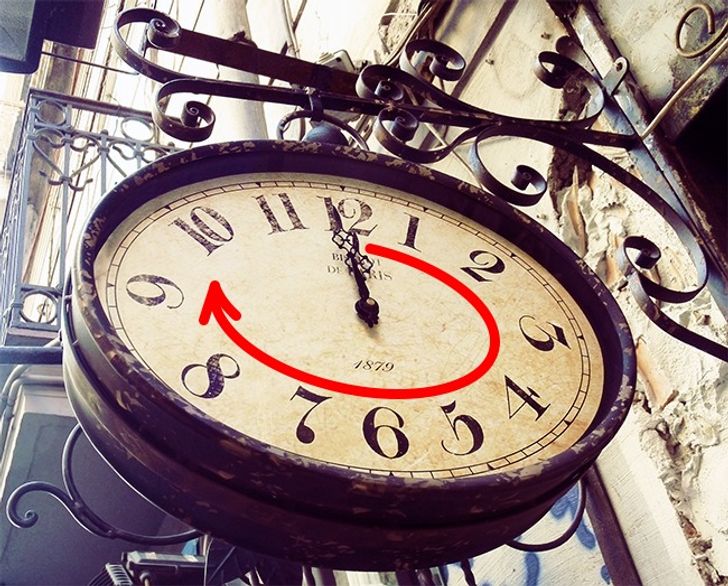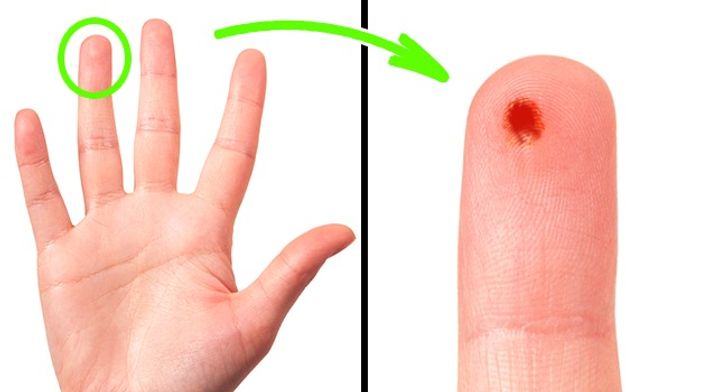The only other combination is 2-3-6. You break it down to prime numbers=2,2,3,3
19 Interesting Things You Are Too Lazy to Google

Children constantly ask questions, making their parents surf the internet for the answers. However, grown-ups also like to learn new things, though we rarely waste our time answering “how“ and ”why" questions.
Bright Side found the most interesting answers to the questions about everything at once.
19. Why do we have goose bumps?
It turns out to be an ancient phenomenon acquired from animals. Goose bumps come from the constriction of hair follicles. In the world of animals, this helps them warm up faster. In case of a threat, such a hair state helps an animal look bigger and more massive in front of an enemy. We also get goose bumps in cold weather or in emotional situations. It is the result of a subconscious adrenaline hormone emission.
18. Why don’t we recognize our voice on a recording?
The answer is in the ability of our bones to conduct sound. Your interlocutors hear only the sounds conducted by air. The record also contains only such sounds. At the same time, the way we hear our voices is a combination of the regular sounds and the low-frequency sounds conducted by the bones of our skulls.
17. Why do we get a headache when drinking cold water or eating cold food?
You probably noticed that when eating an ice cream you sometimes get a sharp headache. Or maybe it happens when you breathe in the air while jogging in the park in cold weather. It is connected with quick palate vessels’ constriction or distention as a reaction to low temperatures.
16. Why does our skin get dark and our hair get light under the sun?
In both cases, the sun breaks melanin, responsible for the color of hair and skin. The difference is in the fact that hair is not living, compared to skin. When the pigment is broken, it is not replenished in hair, so the latter gets lighter. Skin "answers" to the sun with a stronger replenishment of melanin, making the color darker.
15. Why does time pass more slowly for a child?
It is probably because a child has to remember more events. Kids are only starting to get acquainted with the surrounding world, and their memory has to collect more data. So a year "contains" more events than that of a grown-up. It is also possible that, when evaluating some situations, we try to correspond them to the time we’ve already lived through. A week for a child is a bigger part of their life than for a grown-up.
14. Why don’t our eyes get cold when it’s freezing?
There are no temperature receptor cells in our eyes. Besides, the biggest part of the eyeball is inside the skull, and it is warmed up by the blood flow inside.
13. Why do we close our eyes when eating a lemon?
We probably got this reflex from our ancestors. Our eyes are closed to prevent the sour lemon juice from getting into them, which might harm the mucous membranes.
12. Why don’t urban pigeons sit in trees?
The pigeons in towns and cities have a natural habit of settling on the rocky landscape, where there are no trees. It means they don’t inherit the sitting reflex. The structure of their limbs gives them an opportunity to sit in trees, but they haven’t got used to such a behavior.
11. Why is dust white against a black backdrop and black against a white one?
Actually, ordinary dust is gray. However, the tiny size of its particles prevents us from seeing its real color. We just spot if the specks are lighter or darker than the background.
10. Why do raccoons rinse their food?
Raccoons often get food from the water and its surroundings, so there can be some ooze and algae that they try to clean off. Another reason is not so cute: this animal might kill its prey this way. Raccoons simply "rinse" the life out of it.
9. Why do birds fly in V-formations?
First of all, they save their energy: the birds flying in the front row create special air swirls with their wings. Those flying in the back rows "catch" the swirls and conserve their energy. Second, such a formation helps all the birds at once see the leader, who always flies first.
8. Why does a hedgehog carry apples on its back?
This is nothing more than a myth or a vivid picture from books for kids. These animals are not interested in vegetables, being insect-eaters. If a hedgehog sees a slug on a mushroom, the mushroom will be immediately eaten up with no intention of it being pinned to the animal’s back. Besides, it is rather inconvenient physically. If you still see something like a leaf or a berry on a hedgehog’s back, the object is there by pure accident.
7. Why does a brook babble?
The sound appears when air bubbles are captured by the stream of water and then burst. This gives us a variety of sounds, which we call "babbling."
6. Why do we have motion sickness?
5. Why do clock hands move sunwise?
People had sundials before inventing the mechanic clock. The sun version had a pole for its shadow to move around the hour plate. Such a "hand" moved the same way as the sun across the sky during the day. In the Northern Hemisphere, the direction was from the left to the right. The mechanic version of the clock was invented there sometime later.
4. Why is the ring finger used for a blood test?
First, the thumbs and pinky fingers are closely connected to the wrist. If you get an infection, it can be distributed up through the arm. Consequently, they advise taking blood from all the fingers except the thumbs and pinky fingers. Second, the ring finger is the least painful. It "works" less than other fingers and has thinner skin. If you don’t use this finger often, the slight wound will heal quickly.
3. Can you solve the 25 horses puzzle? If you can, you will probably get a job at Google.
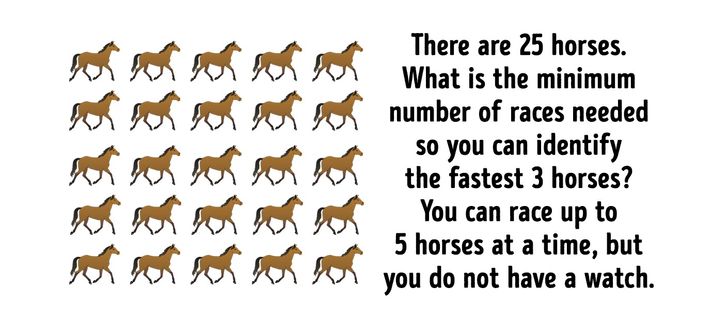
The riddle is really a tough one. You will find the answer below.
2. How good are your math skills?

Here is the math puzzle:
— Peter, how old are your children?
— Well, Thomas, there are 3 of them, and the product of their ages is 36.
— That is not enough...
— The sum of their ages is exactly the number of beers we have drunk today.
— That is still not enough.
— OK, the last thing is that my oldest child wears a red hat.
How old were each of Peter’s children?
You’ll find the answer below as well!
1. Where does toilet waste go on a plane?
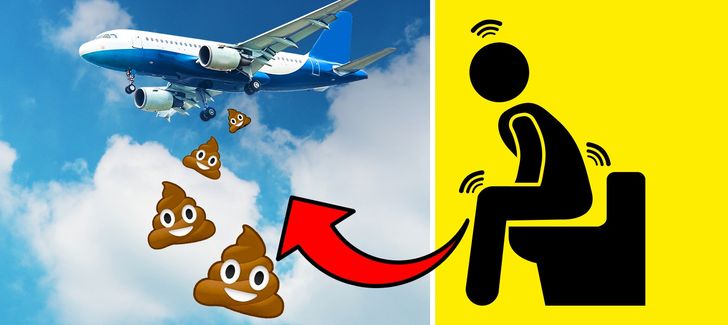
When you press the flush button in the plane, a valve opens and sucks down the contents of the bowl. The contents are carried into a holding tank within seconds until it reaches its limit. A single storage tank can hold about 20 gallons of waste. Right after the plane lands, a service truck removes all the waste from the tanks.
Puzzle answers:
- 25 horses puzzle. It takes 7 races to find the top 3 horses in this problem. The full extended solution is here.
- Math puzzle. The correct combination of ages is 2-2-9. Let’s start with the known product: 36. Write down the possible combinations giving a product of 36. Knowing that the sum is not enough to be sure, there are 2 possible combinations with the same sum (1-6-6 and 2-2-9). And we learned that the oldest son wears a hat, so it is clear that the combination is 2-2-9, where there is exactly one oldest child.
Comments
What does the hat has to do with the 9 year old child ?
#3 says the answer is 7 which doesn't make sense. There are 5 rows of 5 horses. Race each row and take the first place horse from each race. Then have the 5 winners race in one race and u have the top 3. Done in 6 races not 7.
puzzles where interesting
should have been 1-3-12 and 6 races the maker of these puzzles clearly do not work for google.
Related Reads
15+ Stories That Prove the Family Group Chat Is Our Favorite Sitcom
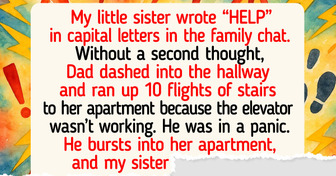
My Landlord Refused to Fix My Home—So I Gave Him a Taste of His Own Medicine

I Refused to Follow My Mom’s “Different Beds” Rule—And the Real Reason Was Heartbreaking
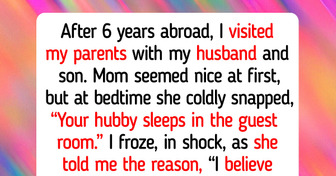
16 Heartfelt Times Children Proved Kindness Can Change Everything
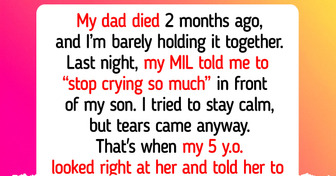
16 Heartwarming Stories That Prove Letting Go Is Often the Start of Something Beautiful
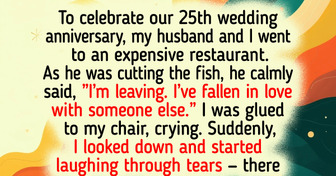
I Refused to Take My Ex Back, and My MIL Made Sure I’d Regret It
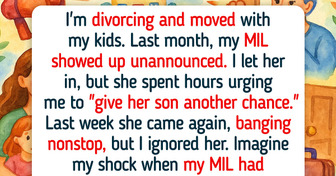
I Refused to Be Humiliated in Front of My Own Family
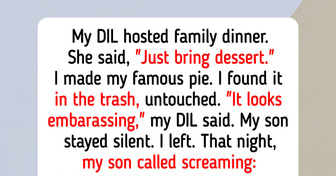
14 Mother-in-Law Moments That Became a Legendary Family Story

I Accidentally Discovered the Nasty Reason My Fiancé Decided to Marry Me
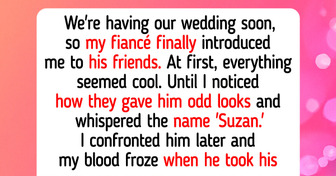
My DIL Excluded Me From Gender Reveal Party, Saying I’m "Not Family"—Big Mistake

I Refuse to Share My Inheritance With My Sister—She Doesn’t Deserve a Penny of It
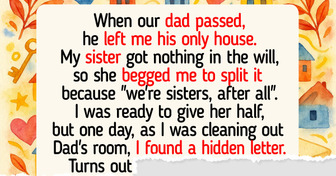
16 Times a Marriage Proposal Went Hilariously Off-Script
